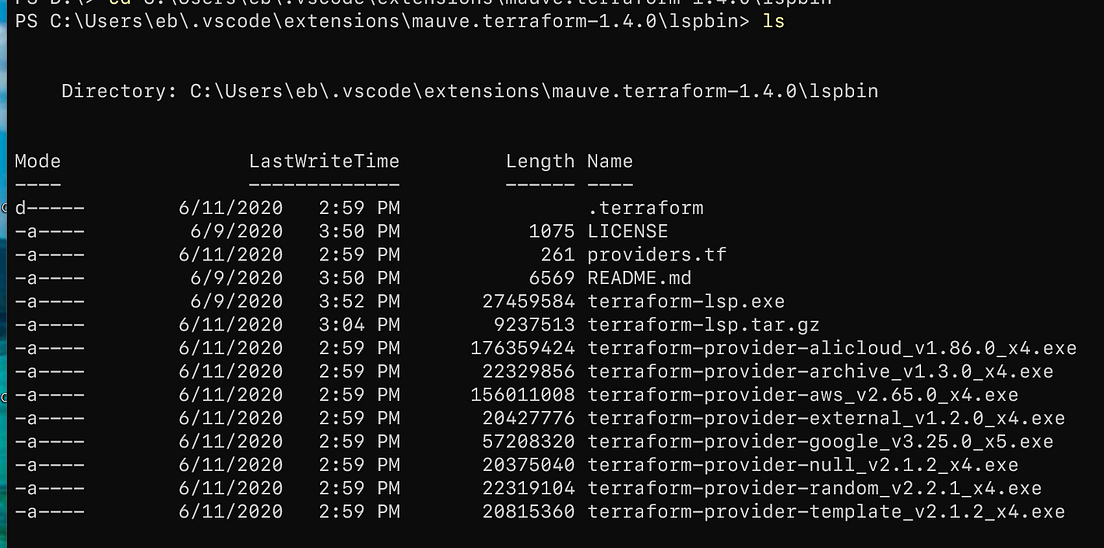




Installable Module: You can install partner or community modules automatically from the registry using terraform init.It will help you create resources, manage existing resources, and destroy resources you no longer require. Declarative configuration files: You can define infrastructure as code and manage the entire lifecycle.Apply the final changes to multiple providers and attain the desired configuration state.Plan by running the code and check whether it’s suitable for your needs before changing or provisioning the infrastructure.You can use Terraform in the following way: You can either declare resources or call data sources to interact with Terraform providers. In addition, HashiCorp has maintained a long list of all the official providers. Terraform can manage external resources like private and public cloud infrastructure, SaaS, PaaS, network appliances, etc., with providers. However, there is also an option to use JSON instead. It offers concise resource descriptions using expressions, arguments, and blocks. Users provide and define data center infrastructure with the help of HashiCorp Configuration Language (HCL) – a declarative configuration language. It supports multiple cloud infrastructure providers like AWS, Azure, Google Cloud Platform, IBM Cloud, Oracle Cloud, DigitalOcean, VMware, OpenStack, and Yandex. Terraform was written in Go and supported operating systems, including Windows, macOS, Linux, FreeBSD, OpenBSD, and Solaris. It also codifies cloud APIs into a declarative configuration file. It offers a consistent command-level interface (CLI) workflow to help you manage multiple cloud services. Terraform is an open-source infrastructure-as-a-code (IaC) software tool developed by HashiCorp in 2014.


 0 kommentar(er)
0 kommentar(er)
